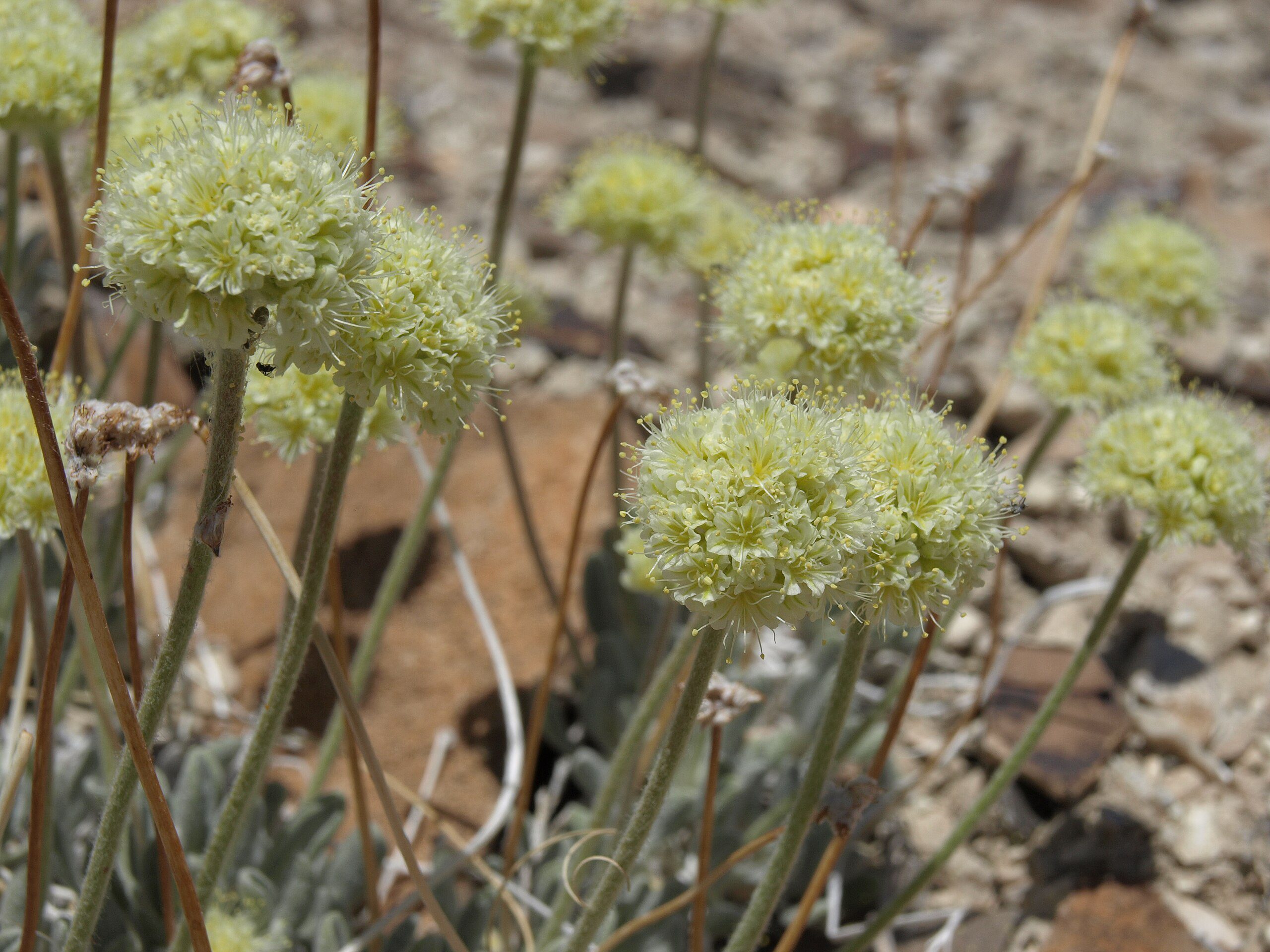- The U.S. Bureau of Land Management has approved the Rhyolite Ridge Lithium-Boron Mine.
- The mine aims to strengthen domestic critical minerals supply chains for clean energy.
- Environmental groups warn of threats to endangered species and cultural sites.
- The project includes measures to protect the endangered Tiehm’s buckwheat plant.
- The mine plans to use approximately 4,000 acre-feet of water per year without evaporation ponds or tailings dams.
October 25, 2024 — Yesterday, the U.S. Bureau of Land Management (BLM) announced the approval of the Rhyolite Ridge Lithium-Boron mining project in Nevada’s Silver Peak Range. The project, developed by Ioneer , is intended to strengthen domestic supply chains of critical minerals essential for clean energy technologies. According to the U.S. Department of the Interior, once completed, the mine could supply enough lithium to power nearly 370,000 electric vehicles annually.
, is intended to strengthen domestic supply chains of critical minerals essential for clean energy technologies. According to the U.S. Department of the Interior, once completed, the mine could supply enough lithium to power nearly 370,000 electric vehicles annually.
Economic and Environmental Promises.
The project is expected to create significant employment opportunities in the region. “As proposed, the mine will employ up to 500 workers during construction and about 350 workers during operations,” stated BLM . The company anticipates generating an estimated $125 million in wages annually throughout the life of the mine.
. The company anticipates generating an estimated $125 million in wages annually throughout the life of the mine.
Ioneer has highlighted measures to minimize the mine’s environmental footprint. The company states
has highlighted measures to minimize the mine’s environmental footprint. The company states that the mine will use approximately 4,000 acre-feet of water per year, comparable to seven agricultural irrigation pivots. Additionally, the mine is designed without evaporation ponds or tailings dams, aiming to reduce environmental impact.
that the mine will use approximately 4,000 acre-feet of water per year, comparable to seven agricultural irrigation pivots. Additionally, the mine is designed without evaporation ponds or tailings dams, aiming to reduce environmental impact.
BLM emphasized that the project includes significant protections for the local ecosystem, particularly the endangered Tiehm’s buckwheat plant. “This project and the process we have undertaken demonstrates that we can pursue responsible critical mineral development here in the United States, while protecting the health of our public lands and resources,” said Acting Deputy Secretary Laura Daniel-Davis.
Concerns Over Endangered Species.
However, environmental groups expressed serious concerns about the mine’s impact. The Center for Biological Diversity warns that the Rhyolite Ridge Mine “would drive the rare wildflower Tiehm’s buckwheat to extinction,” as the plant’s entire global population is within the mine’s footprint.
warns that the Rhyolite Ridge Mine “would drive the rare wildflower Tiehm’s buckwheat to extinction,” as the plant’s entire global population is within the mine’s footprint.
“By greenlighting this mine, the Bureau of Land Management is abandoning its duty to protect endangered species like Tiehm’s buckwheat,” said Patrick Donnelly, Great Basin director at the Center for Biological Diversity . “We need lithium for the energy transition, but it can’t come with a price tag of extinction.”
. “We need lithium for the energy transition, but it can’t come with a price tag of extinction.”
In 2022, Tiehm’s buckwheat was protected under the Endangered Species Act, and 910 acres surrounding the wildflowers were designated as critical habitat.
Indigenous Cultural and Environmental Concerns.
The mine also faces opposition from Indigenous groups concerned about the project’s impact on cultural sites and water resources. The Western Shoshone people assert that the mine would harm sacred sites in the Silver Peak Range and threaten water sources vital for desert bighorn sheep and mule deer herds.
“The BLM no longer manages public lands, and instead, it provides the means to destroy the environment and pollute water,” said Fermina Stevens, executive director of the Western Shoshone Defense Project . “By fast-tracking lithium projects, ignoring water scarcity, environmental impacts, and the opposition of local communities and Indigenous peoples, we see how future projects will be implemented.”
. “By fast-tracking lithium projects, ignoring water scarcity, environmental impacts, and the opposition of local communities and Indigenous peoples, we see how future projects will be implemented.”
BLM noted that it consulted with several tribes, including the Timbisha Shoshone Tribe and the Duckwater Shoshone Tribe, to evaluate potential impacts on cultural resources and sites.
that it consulted with several tribes, including the Timbisha Shoshone Tribe and the Duckwater Shoshone Tribe, to evaluate potential impacts on cultural resources and sites.
The Importance of Lithium-Ion Batteries in Electric Vehicles.
Lithium-ion batteries play a crucial role in powering most electric cars by effectively storing and releasing energy needed for operation. Together with thousands of individual cells, these batteries undergo chemical changes to store energy when the car is charging. Upon driving, they discharge this energy to power the vehicle. Lithium-ion batteries are more reliable and have a longer lifespan than lead-acid batteries used in traditional combustion engines. They offer a high power-to-weight ratio, excellent energy efficiency, and maintain strong performance even at high temperatures. Despite their benefits, the anticipated surge in lithium demand is projected to outpace supply, raising concerns over controversial mining practices in the United States. Researchers are actively working to reduce production costs, enhance battery longevity, and address safety issues associated with lithium-ion technology.
~~~
Image:
Tiehm buckwheat, Eriogonum tiehmii, Silver Peak Range , elevation 1830 m (6005 ft), by Jim Morefield, May 2008. Licensed under the Creative Commons Attribution-Share Alike 2.0 Generic license.
, elevation 1830 m (6005 ft), by Jim Morefield, May 2008. Licensed under the Creative Commons Attribution-Share Alike 2.0 Generic license.


Leave a Reply